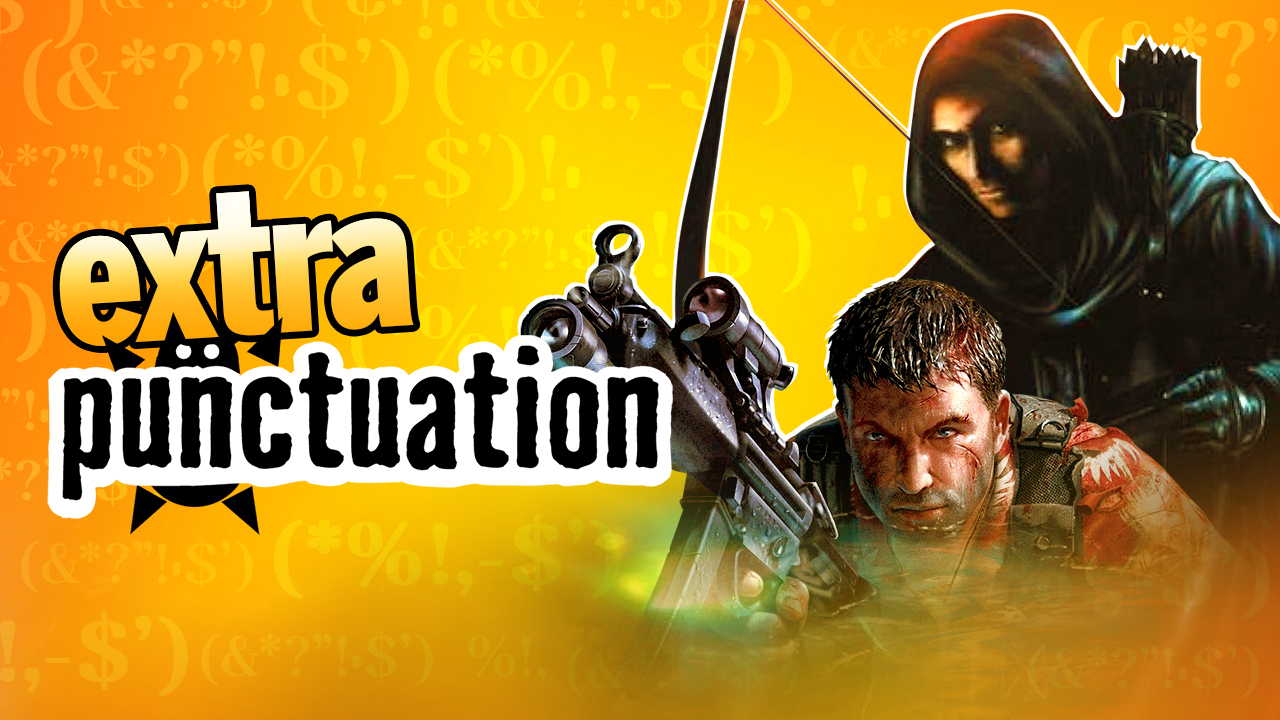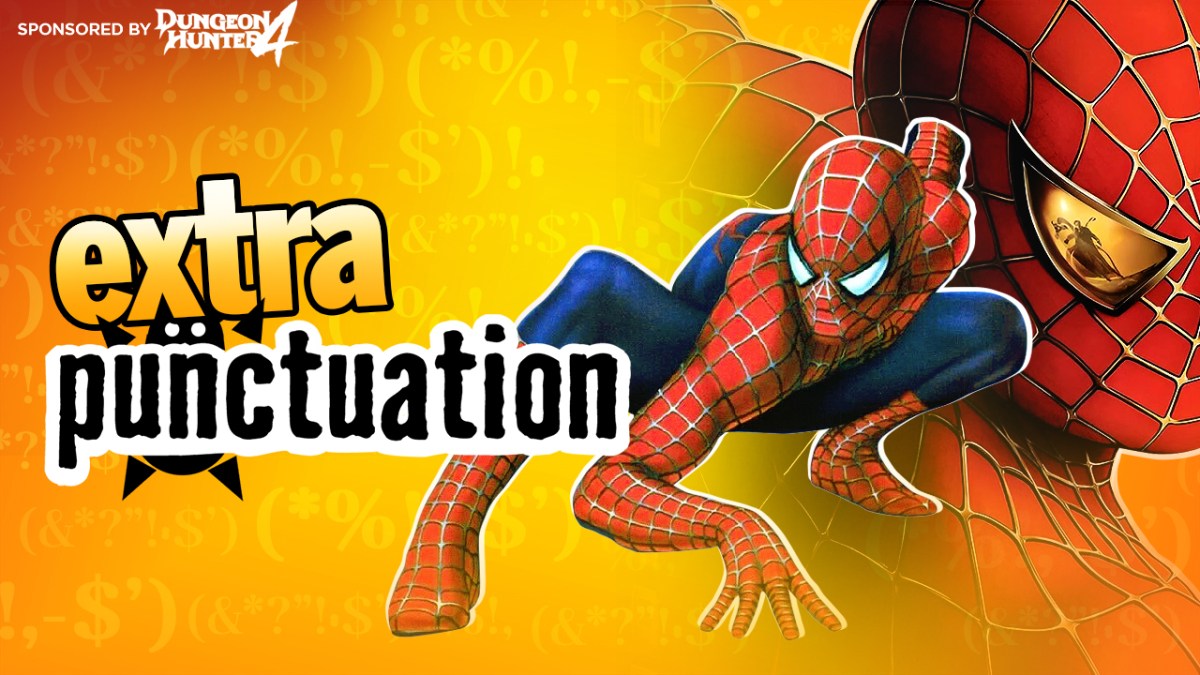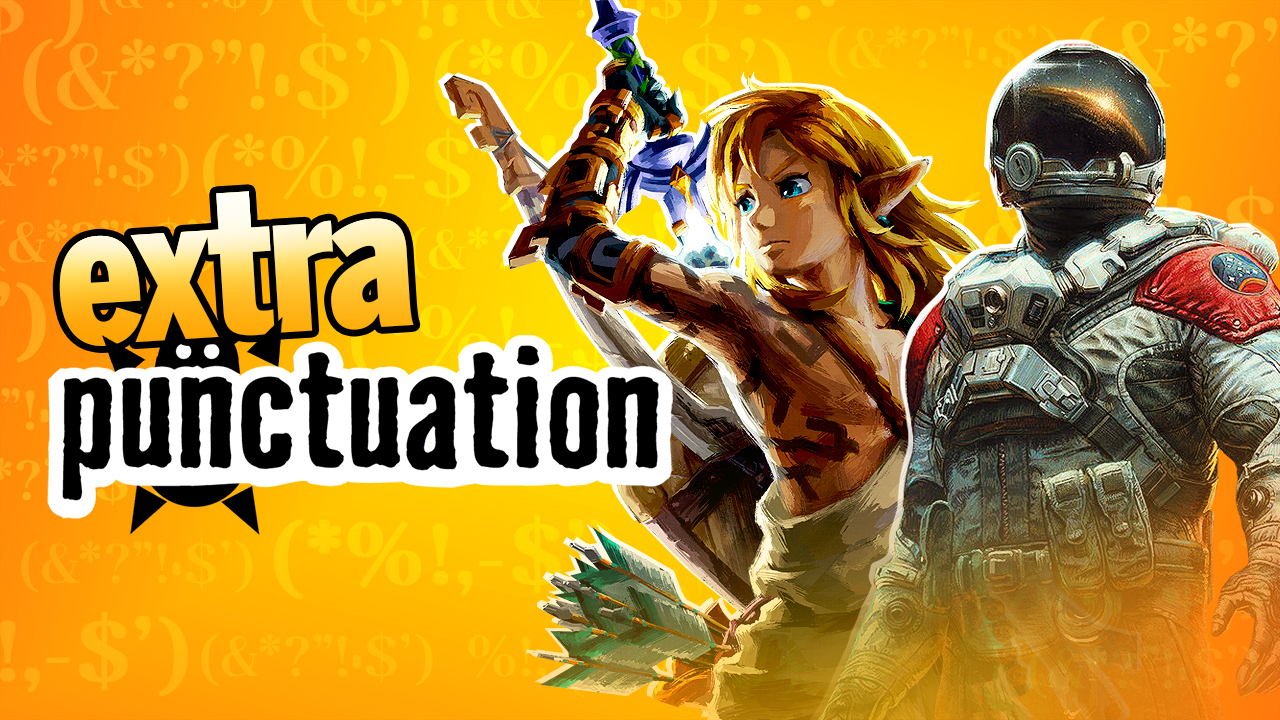
Aside from the fact that he represents a stand-in for the main character’s penis, the character of Johnson in Shadows of the Damned embodies (or em-skulls) why it feels less like a Suda51 game to me. Why? Because his role is to act as a source of exposition that explains the background of the world and characters. And if there’s anything totally uncharacteristic of a Suda51 game, it’s things being explained. No More Heroes played kind of fast and loose with what plot points it had towards the end, but the game that mapped Suda51 onto my internal star chart was Killer7, a game I have played and watched played over and over again and I still don’t have a clue what it’s about. But it was only when I heard that No More Heroes was developed by the same guy as Killer7 that I said “Ooh, I’m definitely checking that out, then.”
Killer7, as well as being a game I can’t stop banging on about, was one of the Capcom Five, a series of five games developed by Capcom’s Production Studio 4 to be exclusive to the Gamecube (all of which closely involving Shinji Mikami). They were Killer7, P.N.03, Viewtiful Joe, Dead Phoenix and Resident Evil 4. Of those five, one was never released, one was shit, and the other three were all eventually ported to PS2, so so much for that. Anyway, Killer7 was developed by Grasshopper Manufacture, the company headed by Suda51 (aka Goichi Suda,the nickname is a pun based on ‘Go-ichi’ meaning ‘5-1’ in Japanese) who acted as writer and director.
Now, let me make one thing clear straight away: I do not recommend Killer7 except in very specific circumstances. I love it and I think it’s great, but it’s polarizing for a reason and really, as a game, it’s very very lacking indeed. It’s definitely not something I’d point someone towards if they were a non-gamer and I was seeking an argument for games being really good and fun and immersive and whatever else. It’d be more likely to alienate them further. Whether or not I can recommend it depends on how much you like “alternative” media. By which I don’t mean indie-alternative, but alternative in every possible way. If a normal game like, say, Call of Duty is a Superman comic, then Killer7 is Tank Girl, or one of those comics written by schizophrenics you find photocopied and hand-stapled together on a shelf in a youth community centre.
Not that it’s a meaningless stream of random nonsense like, say, Super Meat Boy. Killer7 has quite an in-depth connecting plot, and if anything that makes it even weirder, since that creates the implication that it actually made sense in Suda51’s mind. The protagonist(s) is/are an assassin with the surname Smith and eight distinct personalities (see, already it’s stopped making sense), physically transforming their body, clothing and voice as they switch between them. The seven “field” personalities range from a suit-wearing young man who rests his hand cannon on his shoulder in a way that can’t possibly be comfortable, to a spacey young woman in bloodstained negligee, to a masked lucha libre wrestler who approaches virtually every problem by suplexing it. They take orders from the eighth persona, Harman Smith, a gravel-voiced wheelchair-bound preacher, who appears to have several versions of himself running around. It’s established swiftly that all eight personalities were (or perhaps still are) individual people with their own lives but it’s never fully explained how they were all absorbed into one. Establishing who the “original” persona was ends up being the central mystery of the many mysteries on offer.

And that’s just the protagonist. The Killer7 are inexplicably the only people (I’m going to say they’re a group from now on for simplicity’s sake) who can see the “Heaven Smile”, a bizarre terrorist group consisting of many varieties of invisible naked suicide bombers who signal their appearance and attacks with high-pitched, maniacal laughter and are pursuing some anarchistic agenda to destabilize world peace. They are linked somehow to a larger conspiracy theory concerning the nuclear devastation of Japan, a plot by certain lingering Japanese interests to control election results in the United States, and the machinations of two competing godlike beings.
No two plot analysis guides on the internet seem to entirely agree on Killer7‘s larger plot and virtually every line of dialogue and piece of exposition seems designed to raise more questions than it answers. On top of that, the game only really visits the overarching plot at the start and end, and in between visits whatever the hell it wants. It could spend a chapter on a strange Texan cult-like community ruled over by a charismatic man with a giant afro, or one on a superhero battle between the Killer7 and a Power Rangers-style sentai team, with the cutscenes animated in a completely different style to the rest of the game because why the hell not. Connectivity between locations makes little sense and large recurring areas will appear to be inside spaces they couldn’t possibly occupy in reality. And there’s so much more I haven’t even had space to mention, like the fact that the Killer7 routinely receive puzzle items from the talkative disembodied head of a teenage girl.
As I said, the actual gameplay is lacking. You can only move back and forth along strict rails and combat consists of standing in place and shooting the giggling Heaven Smiles from a first person perspective. The abilities of the different personas are poorly balanced, with odds being good you’ll just stick to one or two go-to guys and only wheel out the others for extremely specific situational moments, such as the laughably easy puzzles. Challenge is all over the place with fights randomly alternating between monstrously hard and completely predetermined regardless of your actions. And gameplay is constantly interrupted by ghosts spouting gibberish for rather aggressively long periods. That’s why I don’t especially recommend Killer7 as a game-game. It’s almost like the gameplay is following a stream of consciousness just like everything else.
As an experience, Killer7 stands completely alone. It might not be fun to play as a game and it might not make any sense, but goodness gracious is it a fascinating experience, and somehow the characters were interesting enough that I felt quite sorrowful for them at the end, despite knowing next to nothing about most of them. I guess when a character is a soft-spoken masked wrestler in a white suit and cape, you don’t need to know any more to know that you like the cut of their jib.
Killer7 showed me something. I’m not sure what it was, but it made me want to see more of it, and I don’t think much of it was in evidence in Shadows of the Damned. If it had been then it would probably have been about a bloke with seven heads battling Buddhist monks in a car park.
Yahtzee is a British-born, currently Australian-based writer and gamer with a sweet hat and a chip on his shoulder. When he isn’t talking very fast into a headset mic he also designs freeware adventure games and writes the back page column for PC Gamer, who are too important to mention us. His personal site is www.fullyramblomatic.com.





Published: Jul 19, 2011 04:00 pm